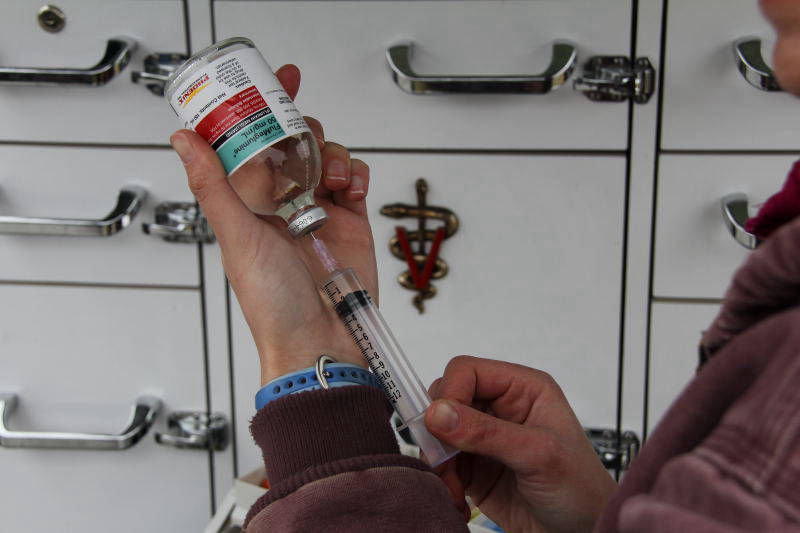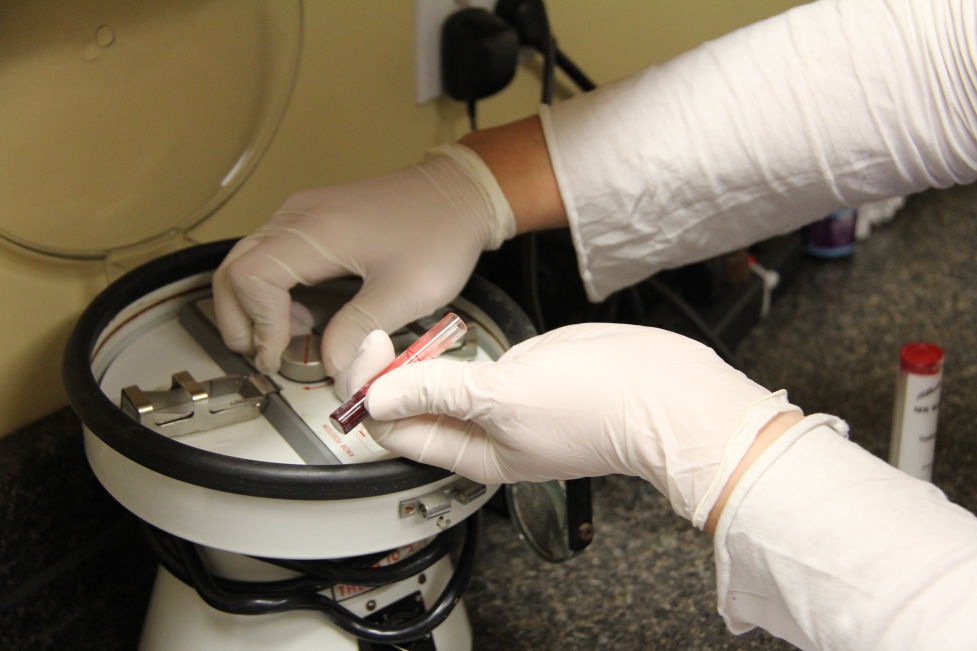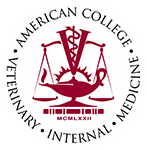HEALTH TOPICS
For Your Information
AAEP Horse Care Topics
Camelid & Small Ruminant Care
Newsletter (PDF)
Equine Vaccines (PDF)
NEGATIVE ENERGY BALANCE & HEPATIC LIPIDOSIS
Identification, Treatment & Prevention
What is Hepatic Lipidosis?
Hepatic Lipidosis is an accumulation of excessive fat in liver cells during a time when body fat has been mobilized due to a period of inadequate energy intake (negative energy balance – NEB) or rapid depletion of energy that the body cannot keep up with.
Who can develop Hepatic Lipidosis?
NEB and Hepatic Lipidosis are most commonly treated camelids (llamas and alpacas), but can occur in bovines, caprines (goats), and ovines (sheep). In ruminants, as well as in horses and ponies, any age or sex is susceptible, but pregnant and/or lactating middle-aged females have greater risk due to high energy demands. Camelids are so greatly affected by this condition because they tend to maintain higher blood glucose levels than other species (levels similar to non-ruminant animals). Research supports the theory that as camelids age they become insulin resistant due to the higher levels of blood glucose. This causes the body’s cells to become less efficient at utilizing circulating glucose for energy, and the body will mobilize fat for an energy source. This cycle would accelerate if the animal was in a state of negative energy balance. However, any sick animal (particularly camelid) should be considered at-risk for hepatic lipidosis
How do things go so wrong?
An imbalance between adequate feed intake (energy input) & caloric requirement/need (energy output) occurs. For example, an animal fed in a herd that is lowest in the hierarchy (pecking order) will most likely not consume as much food (due to competition) as an owner assumes. In addition, stress, illness or injury can put high energy demands on an animal at a time when their intake may not be as vigorous
How is NEB and Hepatic Lipidosis treated?
Treatment must be aggressive and prompt, started at the first sign of illness, to provide the best prognosis for survival. The animal should be offered any/all kinds of feed that will peak interest and encourage intake. Some feeds include: alfalfa (hay, cubes, pellets), Karo syrup, grass clippings, blackberry leaves (very palatable to camelids. in particular), and browse. In some cases, forced intake (make a gruel & administer via feeding tube) may be the only option. Medical treatments would include pain medications, B-vitamins, transfaunation (taking rumen contents from a healthy donor animal and putting them into the sick animal to replenish depleated rumen flora), and, in some cases, ICU care (IV fluids & IV nutritional support).
What can be done to prevent NEB and Hepatic Lipidosis?
Ensuring adequate protein intake, especially for animals with high energy demands (pregnant and/or lactating) via good quality forage & supplementation is essential. One vital key component to knowing the quality of feed being provided is through forage testing. This is because most cases of Hepatic Lipidosis have been found to occur in animals being fed mature grass forages (which usually contain <9% crude protein). If you feed forage with this protein profile, supplementing low protein grass forages with alfalfa or clover forage improves diet quality. The type and amount of grain supplementation will depend on energy requirements for the particular animal, as well as forage quality. Another monitoring method would be to perform blood profile screens, as nutrition quality (or lack thereof) can effect body systems, leading to changes in blood parameters. Another critical aspect to prevention is diligent body condition assessment. Rapid weight loss over a short period of time is a high risk factor, and close monitoring of pregnant/lactating animals is extremely important.
Body condition scoring (BCS) – 5 point system:
– 1 (emaciated)
– 2 (thin)
– 3 (average) – ideal
– 4 (fat)
– 5 (obese)
How to assess BCS: Palpate through the fiber coat over the bony structures of the body (hips, spine, ribs, chest) for thickness of fat layer.
When to assess: 4-6 times/year – for pregnant and lactating animals: early-mid pregnancy & early-mid lactation
Let us repeat: FORAGE TESTING (National Forage Testing Association – www.foragetesting.org) and body condition scoring can be key to preventing this deadly complication from affecting your animals.
Adapted from: “Hepatic Lipidosis in Llamas and Alpacas” by RobertJ. Van Saun, DVM, MS, PhD







